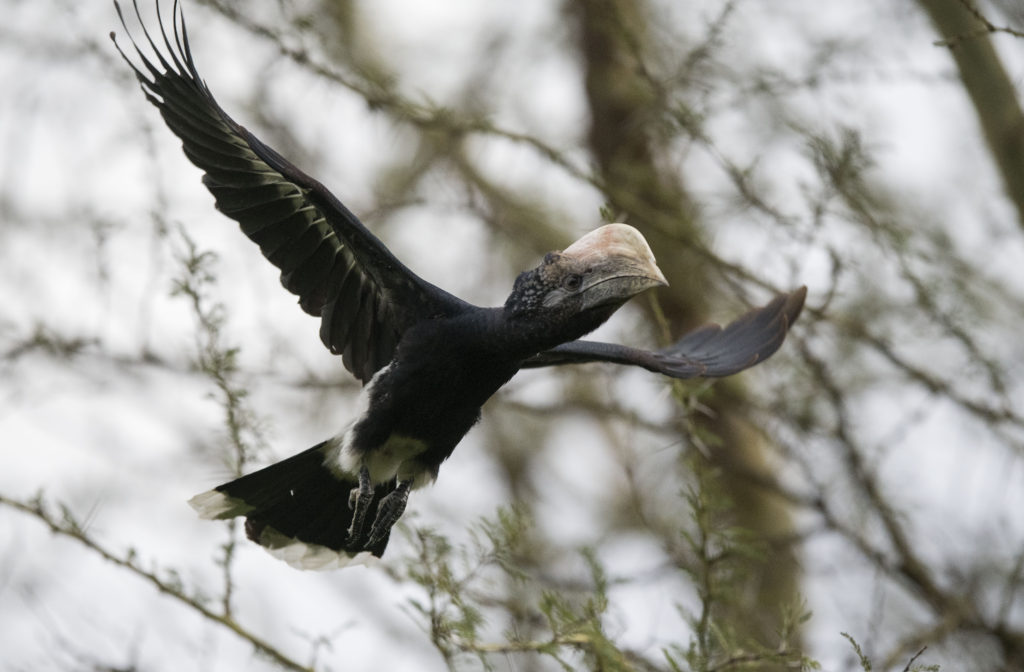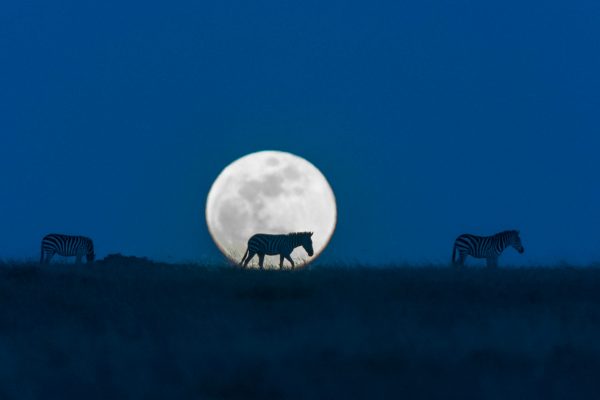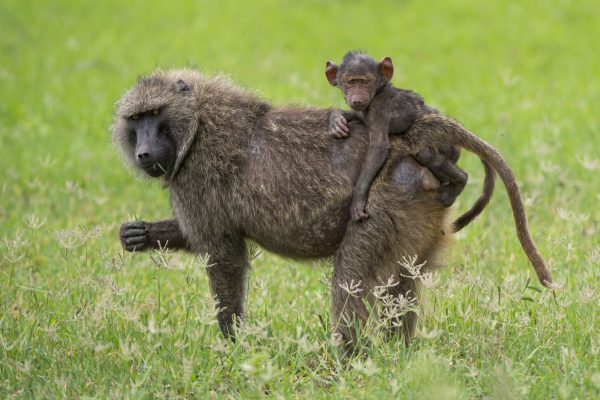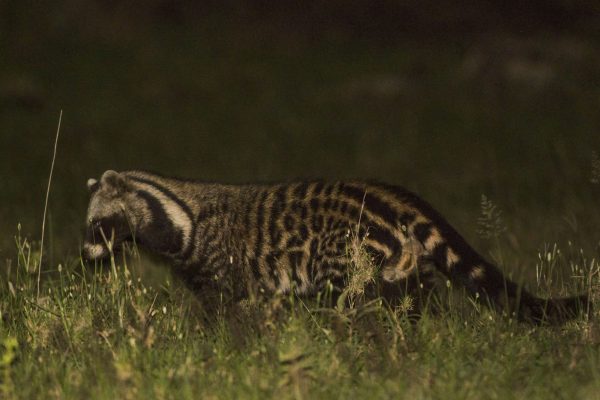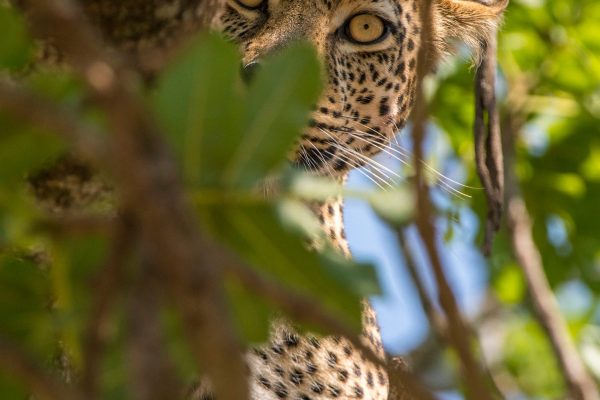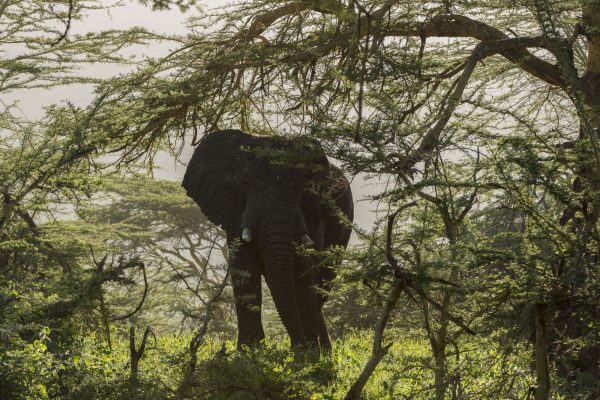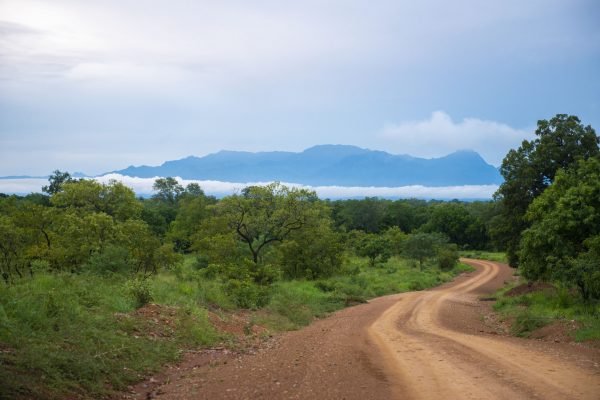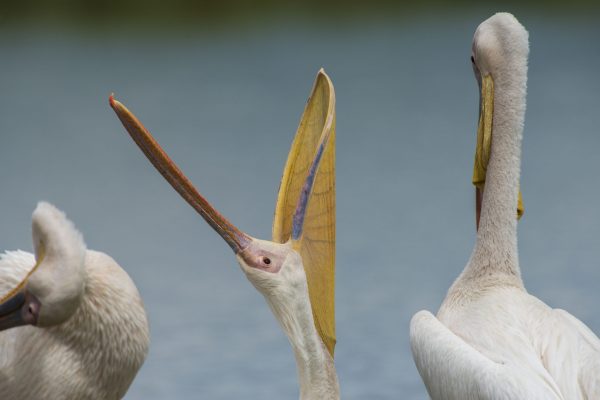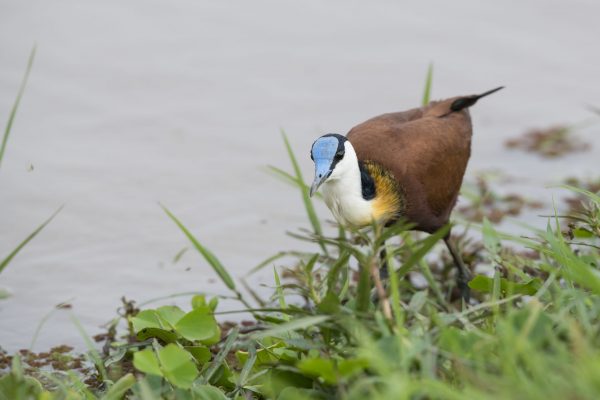Overview
A wildlife and plant life gem, Lake Manyara National park is definitely one of Tanzania’s most attractive natural sanctuaries. For anyone who gets to visit this iconic sanctuary, you are assured of three things, pure nourishment, consolation and inspiration for the soul, heart and mind. Having being incepted as a sport hunting block back in the 1920’s, the park was sanctified a national park status in 1974 and has since been refuge to a flourishing bird life within its underground water forest with dense wealth of plant life and a thriving concentration of wild animals.
Lake Manyara is a geoengineered natural feature that sits a couple of miles off the escarpment of the Ngorongoro highlands which has no outflow but is fed by underground springs and several permanent streams that drain from the highlands. The alkaline lake’s depth and surface area is highly dependent on the prevailing weather patterns with an average depth of 0.81 meters with the lake completely drying up over the dry season and contrarily being at maximum depth of 1.18 meters over the wettest months. Bordering the lake extensive marshlands, saline flats and a grassy floodplain.
At the entrance of the park there is a prevalent tall forest, sustained by groundwater, dominated by evergreen fig and mahogany trees. To the west of the park, steeply rises the Great rift valley wall towering to heights of upto 1,829 meters above the floor dominated by scattered baobab trees among other woodland vegetation.
To the north of the park is a hippo pool. There are also 3 hot water springs that are formed by underground water that passes through hot volcanic magma rocks of the great rift valley
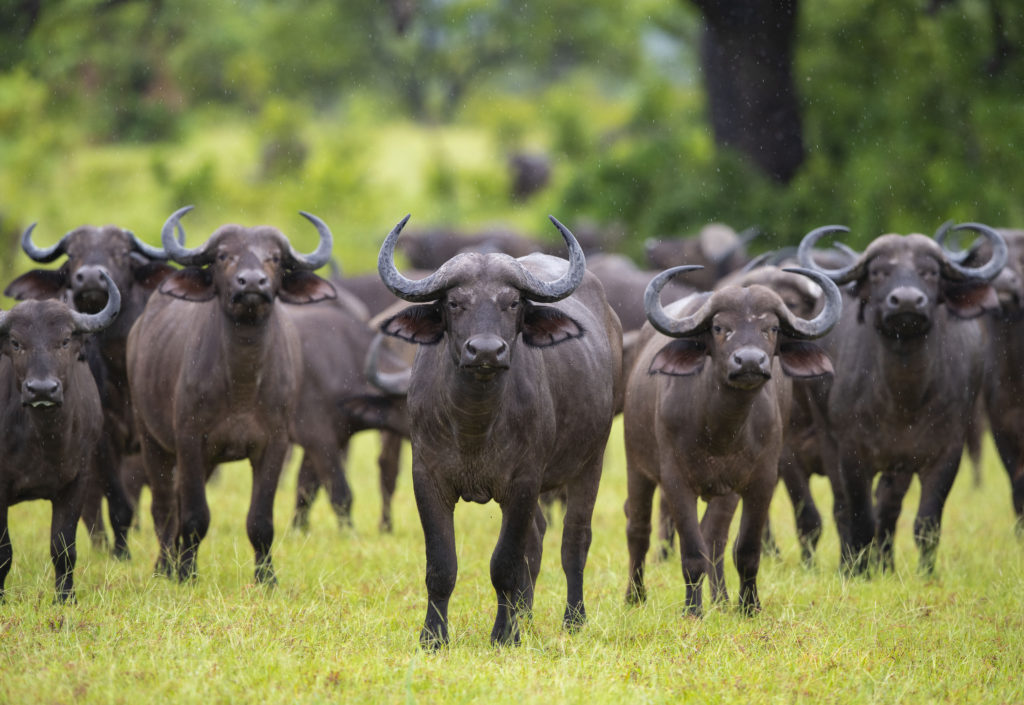
The remarkable transformation of wildlife and plant life as you meander through the park is a marvel that you will hark back to you long after your visit to this serene paradise. As you enter the park, you are immediately canopied by thick forest vegetation with distant resonance of rustling leaves as the huge dominant mahogany and fig trees break wind, scampering away blue monkeys as cheerful birds chirp and chime high above, huge troops of baboons make their way around the forest floor and dainty bushbuck and dik-dik tread warily through the shadows among other illusive wild animals pushing through the thick vegetation.
Push on a bit further and open up to a grassy floodplain with expansive views eastward, across the alkaline lake, to the jagged blue volcanic peaks that rise from the endless Maasai Steppes where you will be graced with views of herds of buffaloes, zebras, gazelles and resident wildebeests. Just as you start getting used to the views, the monotony is broken by a narrow belt of acacia woodland. These woodlands cradle a rare adaptation that the park is most famous for, the legendary tree-climbing lions. Alongside the towering giraffes, herds of impressively tusked African elephants also find domicile in these lands as squadrons of banded mongoose make home below these land giants.
Further on to the Manyara escarpment the heated volcanic grounds underneath stream out heated water that steams and bubbles adjacent to the lakeshore. Up the escarpment wall, clinging onto the rocks, are pairs of klipspringers looking down into the pink colored shallow lake with a mirror reflection of pelicans soaring above the greater and lesser flamingoes wading through her waters in search of small crustaceans and plankton underneath
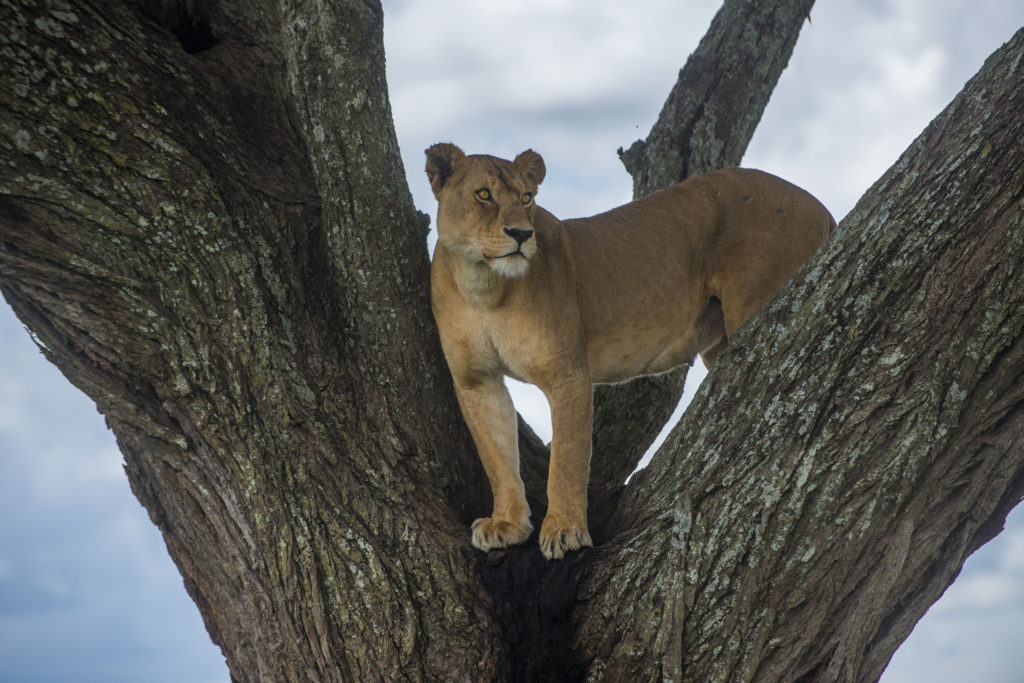
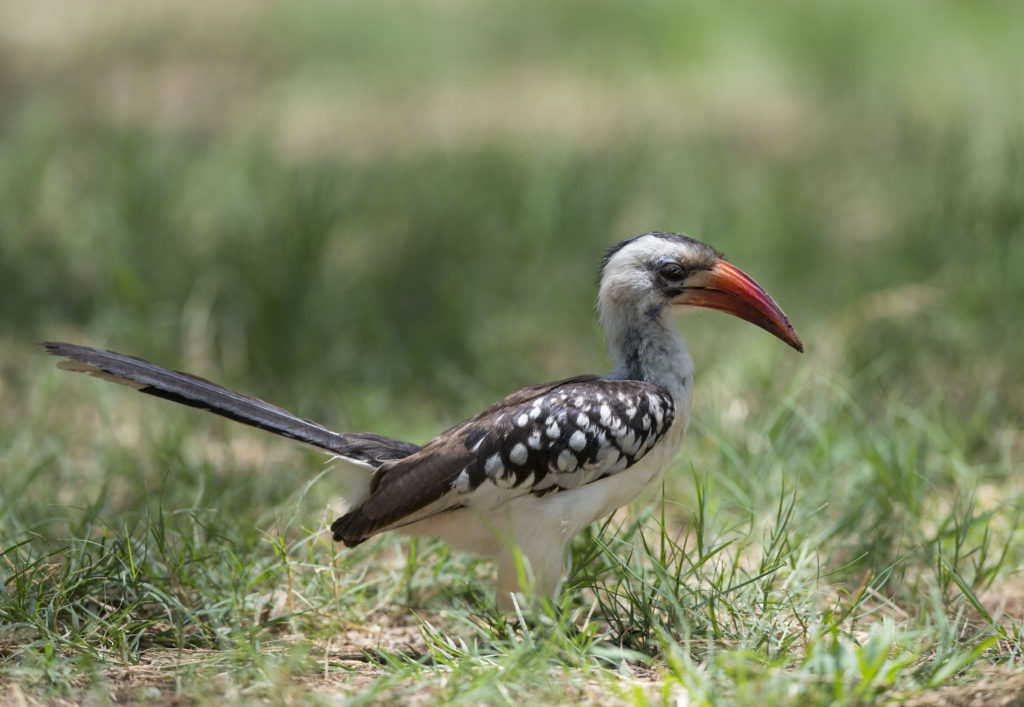
The park is characterized by two rainy seasons; November – December and March – May with the wettest month being April. The driest months are July, August and September. The warmest months are January, February and March, averaging 30 °C with the coolest months being June and July, averaging 25 °C. The adjacent highlands tend to be cooler with more rainfall.

Accommodations in Lake Manyara offer one of the best safari experiences. They range from the top-shelf lodges, ornate tented camps, intermediate-range bungalows and chalets to inexpensive safari camps all in natural green surroundings. Most of these properties factor in key components such as location, service quality, security and safety, comfort and wellness treatments among other personalized services to make certain of guests’ congeniality throughout their stay

- Lake Manyara forest Canopy Walk
- Birding
- Day and Night game drives
- Cultural visits to the local ethnic group bomas
- Tuktuk ride
- Quad biking
- Cycling
- Nature walks

Location:
Lake Manyara National Park is 130 kilometres / 80 miles from Arusha and 60 Kilometres / 106 miles from Ngorongoro
By Road:
- Transfer time to / from Arusha: 2 hours (approx.)
- Transfer time to / from Ngorongoro: 1 hour (approx.)
- Transfer time to / from Manyara airstrip: 2 hours & 30 minutes (approx.)
- Transfer time to / from Kilimanjaro Airport: 4 hours 15 minutes (approx.)
By Air:
- Flight time from / to Arusha Airport to / from Manyara airstrip: 25 minutes
